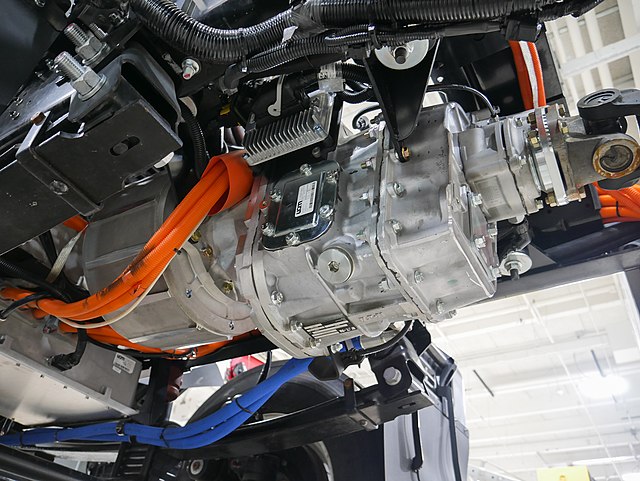EV Motors
EV use traction motors that typically do not use different gears as are used in gas powered vehicles. The motors can use AC or DC power.
An important new motor technology is axial flux. In these motors, the magnetic flux is parallel to the axis of rotation. Almost all modern EV motors are now radial flux, in which the rotation is perpendicular to the axis of rotation. Benefits of axail flux include increased torque density and increased power.
The magnets used in permanent magnet (PM) motors are rich in rare earth materials, and from 2015-2020 PM motor use in EVs averaged about 75%.
The use of rare earth materials in such as neodymium and dysprosium have become an issue due to mining and a supply chain largely within China. New technologies have replaced the use of rare earths, such as the wound rotor design in Renault’s Zoe and the induction motor in the Audi e-tron.
Electric EV motors have much fewer moving parts, and use many less fluids, than their gas powered counterparts. Because of this, the EV motors require a lot less maintenance. Therefore, the EV owner saves a lot of money on repairs.

